Latest News
Kitchen Chat and more…
Kitchen Chat and more…
Early October 2020 saw the launch of Singapore Distillery’s Gin range and Whiskygeeks sat down with head distiller Ashwin for a chat about the distillery, the gin and future plans!
It’s a bold and risky move for a launch amidst the COVID phase 2 in Singapore. That said, I am glad there are more players in the local spirits scene in Singapore! I mean, I know this is Whiskygeeks; but hey, a malternative once in a while is great. Bruichladdich started making gin for a reason too! 😉
It was astonishing to see a full range of 6 gins launched in one sitting. And much like popular Kpop groups, there is something for everyone! Off to the gins!
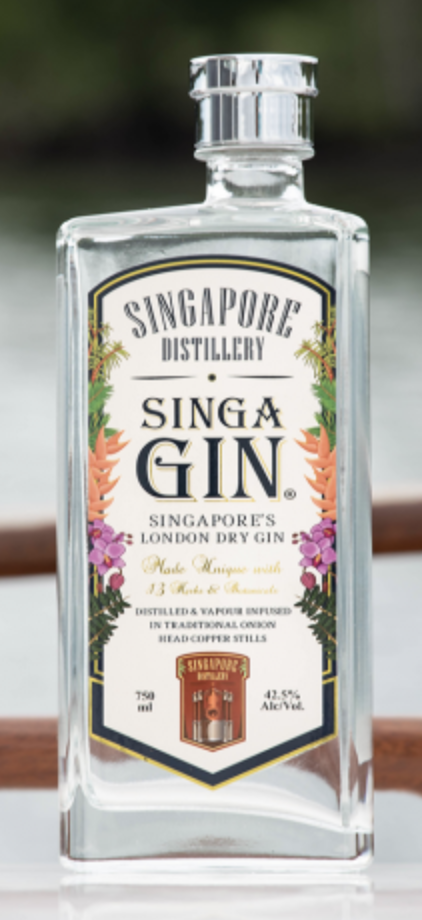
The flagship, Singa Gin is a London Dry style gin. And right there, I see the visible confusion on some of your faces. A Singaporean London Dry Gin? Is that distilled in London or Singapore?
The full legal definition can be found here at Annex I, Category 22. But the crux or TLDR of it is that it is a style of gin, not restricted by location.
The Sing Gin comprises of 13 botanicals, which includes Grains of Paradise from Africa, Malaysian Sarawak Pepper and Ceylon Cinnamon from Sri Lanka!
Personally, I found it of a medium Juniper strength, earthy, sweet, with a mild but noticeable note of Angelica root and an overall balanced flavour when drunk neat!
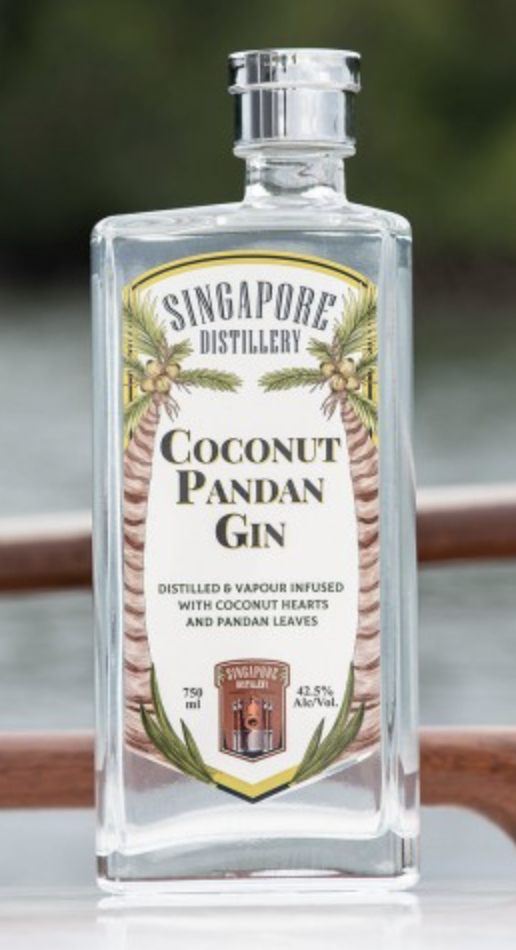
This fun yet amazing Coconut Pandan Gin would excite any South-East Asian Gin drinker! The Pandan and Coconut flesh vapour infused, along with background botanicals of orange and other spices.
Not gonna lie, the smell took me by surprise. It smells like coconut cream or milk that is thiccc (with 3 Cs), but I was staring into a colourless liquid!
The palate was where the Pandan flavour took the spotlight, but in the finish, the coconut cuts in again for one more encore.
Although it might be a bit sacrilegious, I mixed this gin with two other gins, Stolen Roses and Lime Garden. The result was absolutely divine!
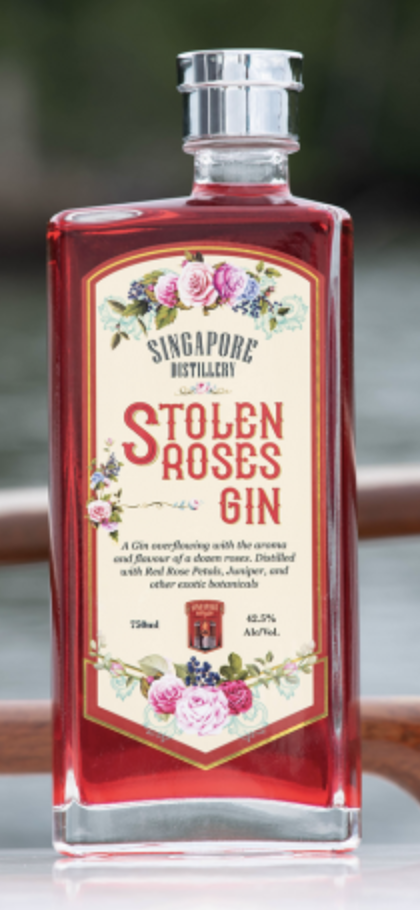
A gin, red as roses. But still at 42.5%! This expression is sweetened in the Old Tom style of gin. And before you ask yourself that question, no, it is superior to any rose syrup or rose liqueur. Fight me. There’s more depth to the rose flavours in this gin, with hints of juniper and citrus zest in the background. It would make a killer Valentine’s Day G&T or a Martini!
Mixed in with the Coconut Pandan Gin, it became a lovely Bundung concoction. Luckily, Head Distiller Ashwin did not take offence to this.
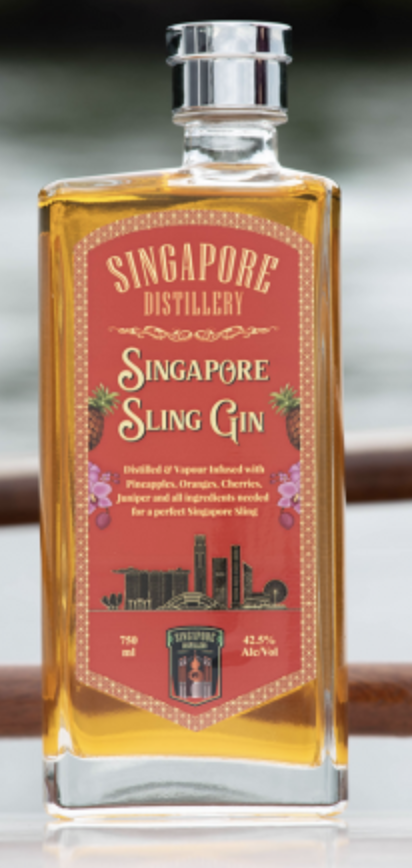
This is not based on popular Singapore Sling with a bajillion ingredients, but it was inspired by the Straits Sling, the alleged predecessor of the Singapore Sling as we know today. Records show a Straits Sling recipe that predates the supposed invention of the Singapore Sling, which comprises of gin, cherry brandy, Bénédictine D.O.M., lime and some bitters.
To achieve those flavours, cherries, angelica root, and limes serve to represent the cocktail’s ingredients, alongside some pineapples and oranges to give the gin more vibrancy.
This gin is pretty stunning when drunk neat, would probably do wonders in a Negroni or a Martini!
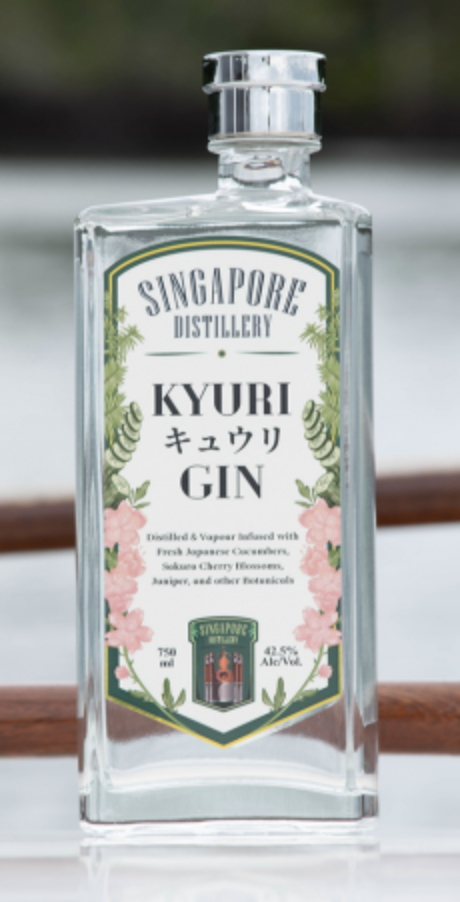
きゅうり or Kyuri is Japanese for cucumber! In this gin, Japanese cucumbers are left to macerate or soak in Neutral Grain Spirit NGS) for a full day before distilling. In addition, more cucumbers and sakura flowers are placed in gin baskets for vapour infusion.
Kyuri gin is pretty much Hendrick’s Japanese cousin, and I found it very refreshing and floral, along with hints of lemon zesty and juniper earthiness. This would definitely make a lovely summer G&T!
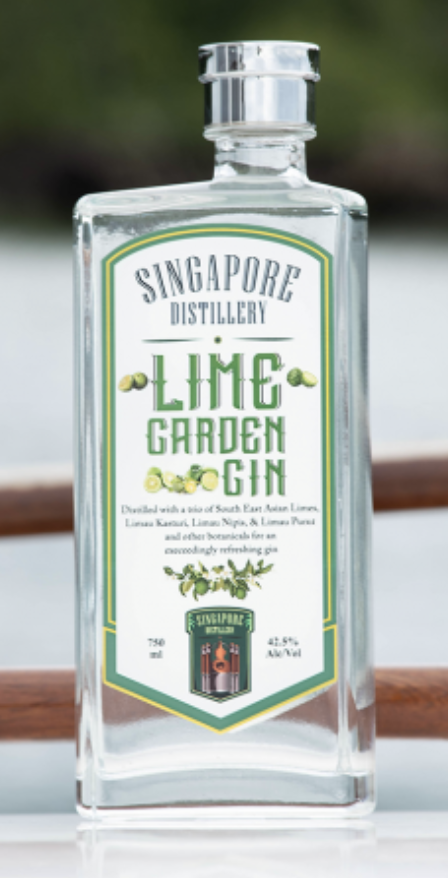
The name of this gin is perfect – distilled with 3 different varieties of South-East Asian limes: Calamansi, Key Limes, and Kaffir Lime. The limes are placed in the distillation stills and the vapour baskets to double down on their flavour and to extract their essential oils.
I was especially impressed by the distinct almost Lavender-like floral notes from the Kaffir lime. Might I add, (before I get punched by Gin connoisseurs), that the addition of the Coconut Pandan gin results in something reminiscent of Thai cuisine. You gotta try it to know it!
The alcohol from gin usually comes from commercial available neutral grain spirit (NGS). Ashwin uses NGS from France, as he believes that to be the softest and best for his gins!
The keen-eyed amongst you might have noticed that all their gins are bottled at 42.5%. Now, why is that?
Head Distiller Ashwin determined that this abv helps the gin maximise flavour and accessibility. More a slightly higher abv generally means a higher propensity to hold more flavour. But then again, nobody would be in the mood for high strength spirits all the time. With these two factors playing tug of war, Ashwin found the sweet spot that is high enough to capture the botanicals and yet soft enough abv for most drinkers to access the gin’s plethora of flavours.
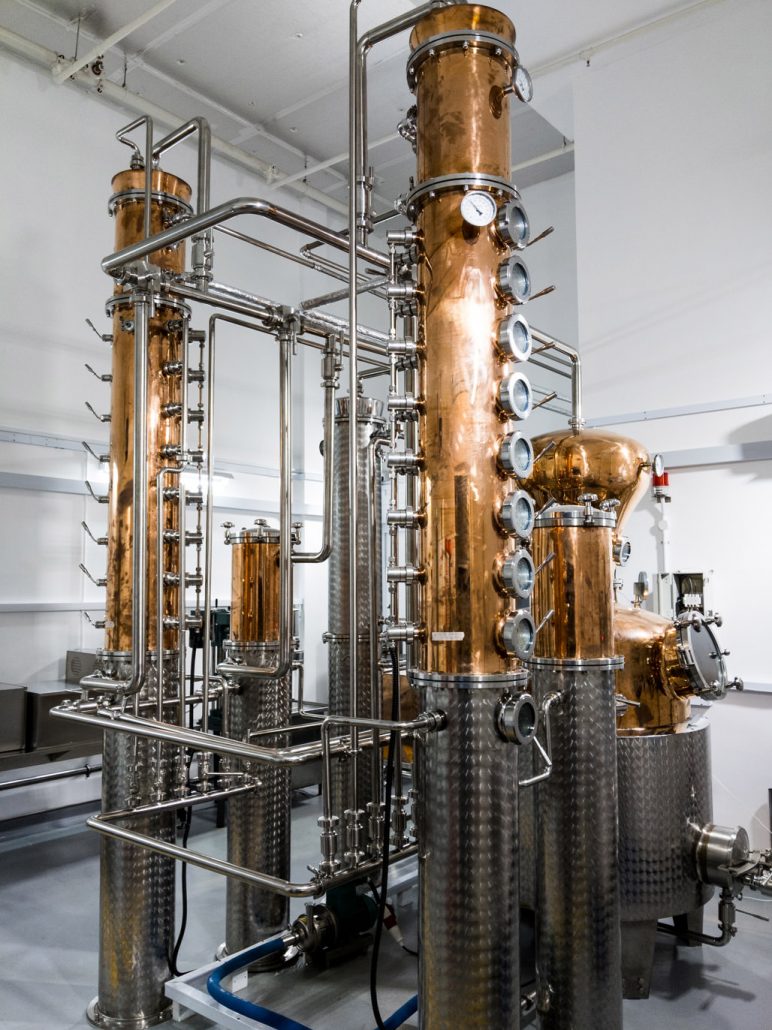
When I first saw a photo of the distillery set up, I thought it was crazy! According to Ashwin, that picture shows ONE set up. The NGS and botanicals go in the Pot Still through a gin basket, and 2 column stills, then another gin basket before reaching the condenser.
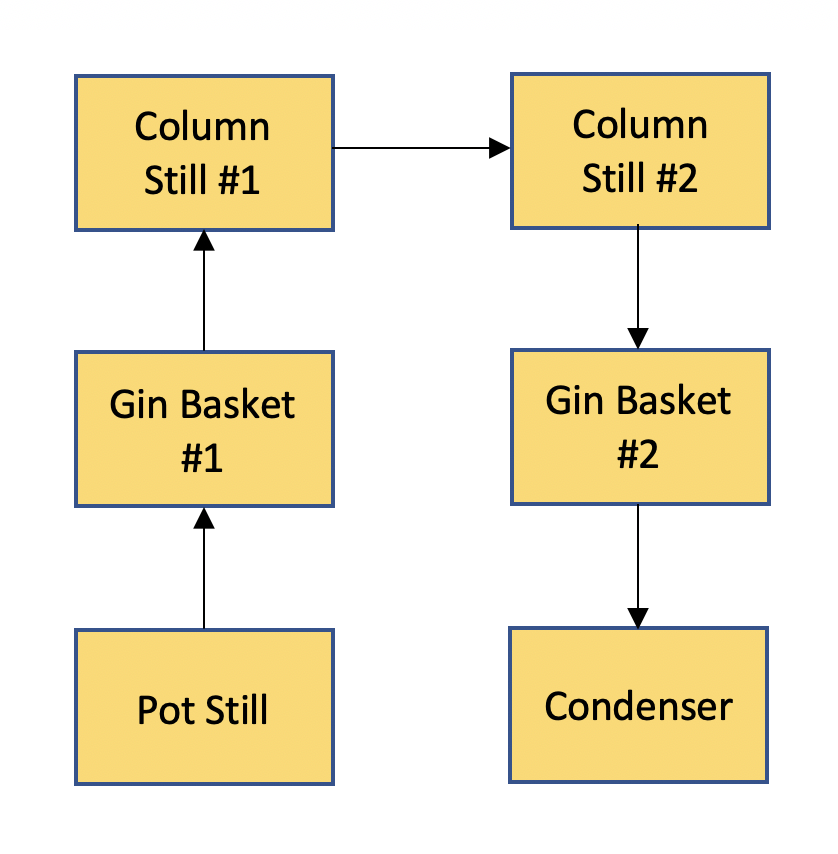
Singapore Distillery does not chill filter their gins, and yet the gins do not go cloudy in the bottle. How did they do it? According to Ashwin, by controlling the various aspects of distillation, he is able to adjust the distillate such that it maximizes flavour and yet doesn’t cause noticeable clouding when diluted!
What’s the difference you might ask? It’s that the gin still retains flavour components that wouldn’t cause cloudiness but would have been taken away by chill-filtration!
I can tell you as a Chemical Engineering degree holder that this is a painstakingly tedious feat! Kudos to Ashwin for his skill, patience and persistence
Ashwin plans to try his hand at vodka next, and a navy strength version of one of the gins we have talked about 😉 I am absolutely excited to taste what this distillery does next!
Many thanks to Singapore Distillery and Ah Sam Cold Drink Stall for organising the industry launch and special thanks to Head Distiller Ashwin for sitting down with us to talk about his vision and All bottle photo credits go to Singapore Distillery.

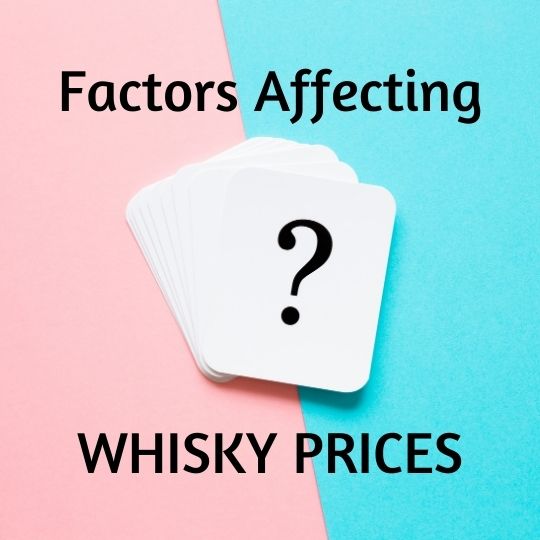
Whisky is on an upward trend in consumers preferences around the world since 2010. The last ten years had seen tremendous growth in consumers choosing whisky over other kinds of spirits. While there was a period where gin gained traction, it died down pretty quickly with the rise of more whisky choices. With the overwhelming preference from consumers globally, market forces began to act on the prices of whisky.
We saw rapid growth for particular brands of whiskies, especially those which won awards. An excellent example would, of course, be Yamazaki. The brand shot to fame overnight after its Sherry Cask 2014 won the converted award of Best Whisky in the World in Jim Murray’s Whisky Bible. Since then, the prices of all Yamazaki bottles have gone northwards.
The award from Yamazaki shot many Japanese whiskies to fame since then. The latest to join the fray is Chichibu. The boutique distillery caused a stir in the market whenever they release a new bottling, and it is so difficult to buy them at retail prices that people fought over the bottles. This worldwide phenomenon is seen by some critics as silly, but others, including investors, are willing to fight for a bottle of Chichibu for its perceived value.
Scotch whiskies, on the other hand, are steadily increasing in prices. The demand for specific brands also shot the prices of these whiskies skyward, making them harder to find and difficult to afford. Some examples of Scotch whiskies that are getting too expensive include Clynelish and to some extent, Ben Nevis. Nonetheless, the bottles that are going up in prices are mostly independent bottling. The standard distillery bottles are still affordable.
There are many factors which determine prices. In the whisky industry, demand and supply are not the only things that cause price increase, even though these factors are a big part of the equation.
In any form of production, the cost of manufacturing is a huge factor. Whisky production takes time and money. The spirit that comes off the still needs at least three years to rest in an oak cask before it can be called whisky (at least in Scotland). Many boutique producers incurred high costs to make whisky. Not only do they not have the economies of scales like the bigger players, but they also do not have the global market to sell their products to. In order to keep the company sustainable, they usually need a bigger margin.
For boutique distilleries, the marketing cost is also an issue. It is especially critical if the distillery is young, or looking for a new market. The distillery usually needs a large sum of money to venture and enter into new markets where potential customers can try their whiskies for free. It can be made more difficult if the distillery is young, and offers only non-age statement whiskies. To complete the doom and gloom, consumers generally do not care for whiskies that are not Scotch. The worldwide phenomenon is similar to non-Scotch boutique distilleries, especially if they are trying to enter the Asian market. Therefore, one of the easiest solutions for these producers is to price their whiskies higher to help with the ever-increasing marketing cost.
Willing Buyers, Willing Sellers
So said a very wise man we know…
The previous point leads us to a vital discussion of what consumers want. The long years of marketing by the Scotch whisky industry shaped the current demand. Discerning drinkers want to enjoy only high-aged Scotch single malts and are willing to shell out more money for these bottles. The problem, however, is that distilleries in Scotland are running out of older casks. The introduction of non-age statement bottling from various distilleries is the admission from the industry that something needs to change. While it could be a happy problem for the distilleries in the long term, the shortage of higher-age whiskies put a lot of stress on the producers right now.
The shortage naturally leads to a rise in prices for high-age bottles in the secondary market. Discerning drinkers began to buy their desired bottles from others who are willing to sell them. As a result, the market forces pushed the prices higher, making it unaffordable for some. Some distilleries, such as Ardbeg, noticed the price increase for their products, and are working hard to bring them back down. They do so by expanding their production lines, bottling younger or NAS whiskies and marketing them as desirable. Despite the efforts by these distilleries, the secondary market is still robust with discerning drinkers willing to buy at high prices.
In the not so distant past, independent bottlings are usually lower in prices. Many discerning drinkers buy them because of various reasons. For the uninitiated, independent bottlings are whiskies bottled by companies or individuals who are not part of the distillery. They are independent. An example of a famous independent bottler is Scotch Malt Whisky Society or SMWS for short. Another one would be Cadenhead. Such bottlers have reputations of bottling quality single cask whiskies at cask strength. The whiskies are also non-chill-filtered and do not contain colouring.
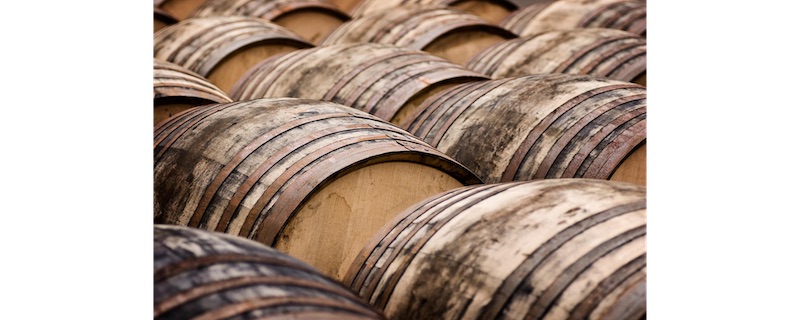
Today, the prices of IBs are rising as well. Sure, there are certain IBs that are still affordable, such as Single Malts of Scotland (SMOS). However, most of the IBs that do not originate from Scotland are facing the problem of higher costs. These costs include casks prices, logistics and even things like designers for labels.
“Excuse me, can I buy a cask please?
As the whisky industry advances, more and more people are buying whisky casks for investment and personal bottling purposes. As a result of individuals buying up casks, the demand for cask trade went up. This affects the ability of smaller IBs companies to ensure a steady steam of casks for their bottling plans. The demand for cask trade also pushes up the prices of the casks, making it appealing to investors to join the fun.
With all the activities in cask trade, the only winners are the large IBs companies who are holding ready casks in their inventory, ready for sales or bottling. Smaller IB players have to shell out more funds to continue bottling casks for their brands.
If a bottler is not operating a business in Scotland, he would depend on someone in Scotland to store, monitor and bottle his casks when they are ready. This can drag up to 12 months or more if there are unforeseen delays. In addition, the shipping cost from Scotland to the bottler’s location is not cheap either.
Take, for example, an independent bottler going about his business. After choosing a cask, the owner needs to wait up to 6 or 12 months for his cask to be bottled by the various brokers/bottling plants in Scotland. He pays for all the bottling fees, the designer for his customised labels, and various other fees involved. After the bottling plant completes the job, the independent bottler finds a freight forwarder to ship his whiskies from Scotland to his country. All the fees involved in the process increases his cost, sometimes drastically. In the end, when he finally sells his bottles, it is probably 1.5x more expensive than his counterparts who operate in Scotland.
Most countries considered alcohol as a luxury or a vice. As a result, whisky is heavily taxed. In many countries around the world, whisky attracts a tax that is higher than most other commodities. Importers, distributors, and resellers shoulder these duties and taxes to the detriment of their business profitability.
We often hear people saying that “local sellers takes high margins” or “they sell so expensive” or worse still, “it’s daylight robbery”. While some of these sentiments may reflect the truth, the fact remains that many other sellers do not do that. The higher price is simply to cover their costs and give them a little margin.
“I am not selling a higher price for profit. I am selling at this price to cover my cost.”
Annoynomous
There are many other sellers down the line from the bottlers themselves. Most of these bottlers do sell on their whiskies to distributors and retailers. The longer the supply chain goes, the higher the cost. These sellers lower on the supply chains bemoan their high costs, and their frustrations regularly. Not only that they are not able to compete on fair grounds with sellers with lower costs, they are often misunderstood by their customers. Some retailers bitterly commented that customers walked into their shops to mock them about higher prices. While it is not common, we can understand the frustration of these retailers.
Online retailers are not spared either. Consumers forget that online platforms charges fees and monthly subscription too. Some online retailers struggle to make ends meet because they are not making enough sales per month. Yet, they are forced to compete with others higher in the supply chain.
Sometimes, we also heard of issues from the industry where there is unhealthy competition. We term it so to include any form of undercutting and smear campaigns of other businesses. Singapore is lucky that we have a cooperative and friendly whisky industry where we look out for one another. The same thing cannot be said in other countries. Unhealthy competition is too real for their small business owners.
All of us want a good deal. However, we cannot expect local, small players to give us a good deal all the time. While it is up to each seller to determine whether their business is sustainable, we can do our part by supporting the small players whenever we can. While some of their prices may be higher than you expect them to be, supporting them with one bottle goes a long way in helping them survive. Pandemic or not, this is how small businesses grow.
This article is written based on research online and various interviews with small business owners in the whisky industry around Asia. As we have promised each interviewee that their identities will not be revealed, we seek our reader’s understanding of us not providing more information.

When we get lucky, we get lucky! The Whisky Store invited WhiskyGeeks to another fabulous Cadenhead premium tasting. This time around, our host was Mitch Graham, the sales executive at Cadenhead. While we were slightly disappointed that the original presenter, Cameron McGeachy couldn’t host the event due to unforeseen circumstances, Mitch was a good sport to take up the role.
We shared extensively about the history of Cadenhead in a previous post, so let us move on to the important details – the whiskies!
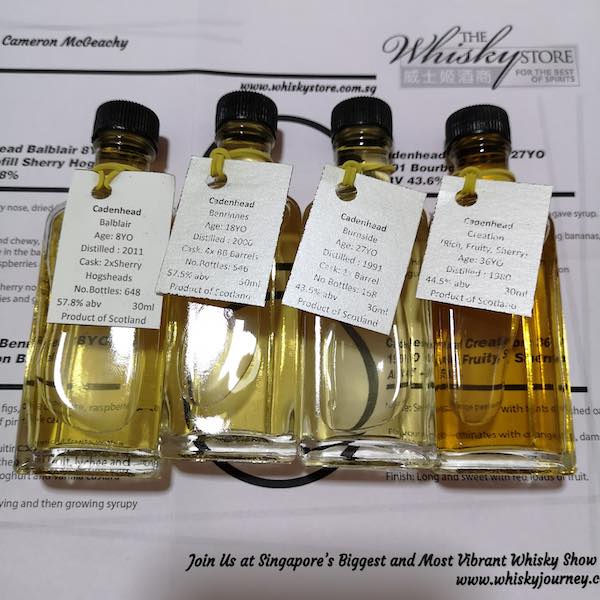
Cadenhead has not failed to disappoint us so far, and this tasting was just as excellent. The line up was premium, with whiskies ranging from 8 years old to 36 years old. Bottled at cask strength, each of these whiskies offered up different flavours and profiles. We had the following:
Burnside (teaspoon Balvenie) 1991 27 Years Old, 43.5% abv
Benrinnes 2000 18 Years Old, 57.5% abv
Balbair 2011 8 Years Old, 57.8% abv
Creation (Rich, Fruity, Sherry) 1980 36 Years Old, 44.5% abv
I have been raving about Burnside recently, especially if they are bourbon-matured expressions. James Cordiner, the ex Balvenie brand ambassador introduced me to them with his fabulous DCS range. We even bought some Balvenie 12 Years Old in single bourbon casks just to compare their profiles! You can guess that I was excited with this Burnside!
Well, Cadenhead and Burnside did not disappoint at all! The floral, fruity sweetness of the whisky hit my nose like a bouquet of fruits. The palate mellowed out from fruity to a slightly dry, floral note. It was so soft. At 27 years old, the whisky is aged to perfection. The lower abv also helps to take away the sting of alcohol, making it a perfect choice for everyone.
Fans of Benrinnes love the fruity notes of the distillate and its strong, robust character that withstands both bourbon and sherry cask maturation. I may not be the biggest fan of Benrinnes, but I do own a couple of excellent 18 years old Benrinnes. I probably ought to add this particular one to my shelf. The nose was fantastic, full of ripe green fruits and some beautiful tobacco notes. I think some people may think it’s tea leaves, but yeah, you get the idea. The palate was oily and full, with a softness that suggests an older whisky.
The youngest whisky of the lot and the strongest in terms of alcoholic strength is the Balbair 2011 8 Years Old. If you think that the flavours pale in comparison, then you are wrong. Balbair has a strong distillate, and it works very well in a bourbon cask. This particular Balbair stands out with its slightly engine oil nose, and its strong, oily palate. While it is not as mellow as the rest, it definitely more than make up for it in terms of flavours. Think of lemons, citrus and fruity notes, and you are getting the Balbair 2011.
Cadenhead creates blends to showcase certain profiles to help its consumers determine specific flavours. The Creation series has various expressions, and I thought that this old sherried whisky was pretty awesome. There were some sulphuric notes at the beginning, but as the whisky opened up, the aromas of rich, dark fruits, tobacco and dark musty books surfaced. A typical sherry profile, with just the right amount of softness to it.
Fans of Cadenhead whiskies will be familiar with their various ranges. Besides the small batch range which we tasted, Cadenhead also has their cask strength Authentic Collection. The Authentic Collection is made up of single cask bottling which are, unfortunately, not available in Singapore. However, we have exciting news for you.

We understood from Mitch, that a new range is emerging from Cadenhead. While he did not reveal too much during the event, we did found out about it through the Cadenhead Newsletter! The newest addition to Cadenhead’s extensive range is their Original Collection. The collection is a revival of the old, and delightfully bringing the Cadenhead folklore back to life.
“The Original Collection features a great range of Cadenhead’s whiskies, with each of the casks selected from our extensive warehouse stocks tested by our dedicated Cadenhead’s team.”
Cadenhead Newsletter
It appears that the Original Collection will not be single casks bottling. Each expression will be a marriage of several casks, so that there will always be enough stocks for interested parties to snap them up. Cadenhead also decides to bottle these beauties at 46% abv instead of cask strength to showcase how each whisky shines at that alcoholic strength. The deliberate choice of watering the expressions down is also a way to allow the Original Collection to have its own identity. We think it is a good option for newer drinkers to experience Cadenhead as well. It does open up a big, new adventure for most of us!
We understand that The Whisky Store will be importing these delicious malts, but their stocks are likely to arrive only sometime in early 2021. If you are keen to try them, do be patient and wait for the announcement!
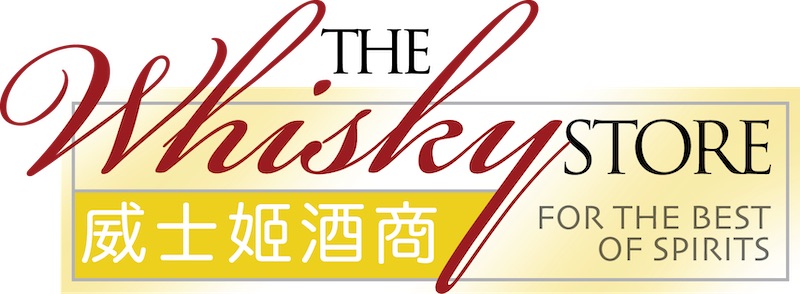
In the meanwhile, do check out their online store for the various expressions that we tasted. They are all fabulous, and if you like any of these, you should grab them faster rather than slower. Oh, and if you prefer holding the bottles in your hands before purchasing, head down to Copper at Lanson Place. There is a small retail section there, and you can also get to taste more Cadenhead expression!
11311 Harry Hines Blvd
Dallas, TX, United States
(555) 389 976
dallas@enfold-restaurant.com
